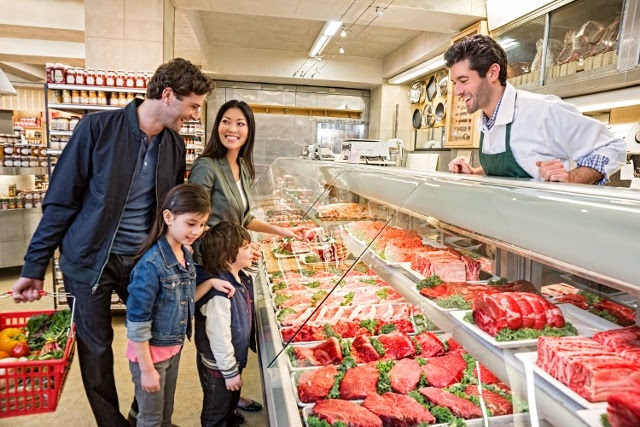
Agricultural News
Dr. Darrell Peel Talks on the Complexities of the U.S. Beef Market
Tue, 05 Jul 2016 09:21:26 CDT
 Mondays, Dr. Derrell Peel, Oklahoma State University Extension Livestock Marketing Specialist, offers his economic analysis of the beef cattle industry. This analysis is a part of the weekly series known as the "Cow Calf Corner" published electronically by Dr. Peel and Dr. Glenn Selk. Today, Dr. Peel discusses the complexities of the ever evolving U.S.cattle and beef market.
Mondays, Dr. Derrell Peel, Oklahoma State University Extension Livestock Marketing Specialist, offers his economic analysis of the beef cattle industry. This analysis is a part of the weekly series known as the "Cow Calf Corner" published electronically by Dr. Peel and Dr. Glenn Selk. Today, Dr. Peel discusses the complexities of the ever evolving U.S.cattle and beef market.
"In the midst of a constantly changing set of short term market forces, it is easy to overlook the enormous market challenges that are inherently part of cattle and beef markets. Many factors make the cattle and beef industry arguably the most complex set of markets known.
"The cattle industry has a single primary objective: to produce cattle ready for slaughter. This production takes place in multiple production sectors by different producers across many regions. Coordination across cow-calf, stocker and feedlot sectors is primarily accomplished by independent and unrelated producers through market transactions. Cow-calf, stocker and feedlot production occur in diverse production environments ranging from sub-tropical to sub-alpine which affect how, where and when production is completed. Both supply and demand in cattle and beef industries are subject to strong seasonality that add challenges to cattle and beef markets. The forage based production of cow-calf and most stocker production is characterized by seasonal forage production which results in calf production bunched at certain times of the year. These animals are ultimately spread out into a relatively constant flow of animals to slaughter throughout the year. The dairy industry influence on total beef production is significant and is sometimes complementary to beef markets and sometimes counter to beef market adjustments.
"The ruminant nature of cattle biology provides both advantages and disadvantages. Cattle are able to use diverse feed resources and adjust production systems in ways not possible for monogastric animals. These adjustments in production can be used to change the timing of beef production by moving cattle more quickly or more slowly to market. Cattle have slow reproductive processes including long gestation periods and one offspring per gestation. These biological realities contribute, along with other factors, to slow herd size adjustments over time and the tendency for the cattle industry to exhibit cycles of production and prices that cover multiple years.
"The focus of cattle production sectors is the production of a single animal ready for slaughter. The focus of the packing industry is the disassembly of that animal into hundreds of different products, each of which is marketed in separate markets which interact and often compete with each other. Beef products frequently pass through additional layers of fabrication and further processing into additional products before reaching final consumer markets. This contrasts with most industries in which inputs are combined into a single final product with a rather simpler market structure. The beef marketing challenge is enhanced by the fact that most beef industry products are perishable and are typically consumed quickly after processing. This vast array of beef products are marketed in many diverse product markets both domestic and international. These product markets include retail grocery; hotels, restaurant, and institutional (HRI) markets; and exports. It is an enormous marketing challenge to identify markets that maximize value for each of the many beef products in very dynamic and volatile U.S. and global market conditions.
"The miracle of cattle and beef markets is that consumers can take for granted that fresh beef is reliably available in grocery stores and restaurants every day without considering the fact that the beef they consume is the result of decisions made more than 2 years earlier when a cow-calf producer somewhere turned the bull in with the cows. In most cases, the cattle and beef moved across large distances before and after processing and likely changed ownership three to six times before being purchased by the consumer. The market coordination to achieve such a reliable, constant and high-quality supply of beef is impressive and is accomplished through a relatively simple set of cattle and beef market price signals. The process is quite amazing and it is no wonder that cattle and beef producers constantly struggle so hard to understand what they should be doing and adjust how they should be doing it.
"Most consumers won't think about any of this as they enjoy steaks and hamburgers on Independence Day; and that is as it should be. Cattle and beef producers all across the country work hard every day to make it look easy to be part of the most complex set of markets I can imagine."
WebReadyTM Powered by WireReady® NSI
Top Agricultural News
More Headlines...




















